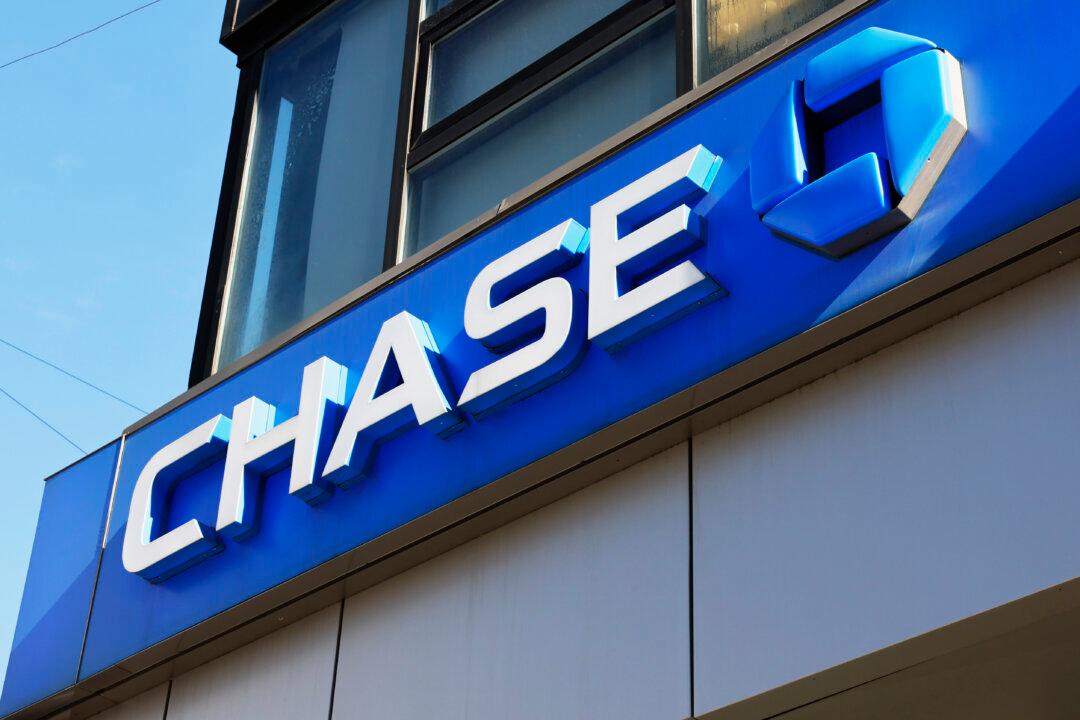After subtracting interest costs, American Express brought in $17 billion in total revenue, up 7 percent from the previous year. The boost came from more customers carrying balances on their credit cards, spending more, and paying higher card fees.
Earnings per share (EPS) was $3.64, up 9 percent from a year earlier, while provisions for credit losses were $1.2 billion, compared with $1.3 billion a year ago.
American Express CEO Stephen J. Squeri credited the company’s strong performance to its premium customer base.
“Our performance across key areas, including Card Member spending, customer retention, demand for our premium products, and credit performance, continued to be strong across our customer base, consistent with and, in many cases, better than what we saw in 2024,” he said in a statement.
Squeri sees this trend continuing, reaffirming the company’s full-year guidance for “revenue growth of 8–10 percent and EPS of $15.00–15.50, in line with the ranges we provided in January, subject to the macroeconomic environment.”
“Looking ahead, we will continue to manage the company for the long term, focusing on backing our customers and colleagues, exercising disciplined expense management, and strategically investing in our business,” he said.
Georgios Koimisis, an associate professor of economics and finance at Manhattan University, was impressed by American Express’s strong earnings and continued growth in its core business areas, which he said confirm that consumer spending remains strong among affluent customers.
“The company continues to benefit from a loyal, high-spending customer base and steady demand for its premium cards,” he told The Epoch Times.
Chartered financial analyst Michael Ashley Schulman said that American Express’s business model can help shelter it from economic turbulence better than its competitors, but it doesn’t fully “insulate” the company from economic uncertainty.
“Their revenue isn’t as dependent on swipe fees as their peers, with a substantial amount coming from annual card fees, creating a subscription-like stability. With average fees at $108 versus their premium Platinum at $695, there’s a significant runway to grow this high-margin revenue stream,” he told The Epoch Times via email.Ashley believes that the company’s affluent cardholders don’t sweat inflation the way mass-market consumers do. They have continued to increase spending as they push to gain market share among younger cardholders.
“Because they seem to be firing on all cylinders with growth in revolving loan balances, card fees, and swipe fees, management is maintaining its 2025 revenue growth outlook of 8–10 percent,” he said.
Koimisis is also skeptical about the company’s soaring operating expenses, driven mainly by increased spending on customer rewards, travel-related services, and general business expenses, as customer spending has slowed from the previous quarter.
“Given the current uncertainty, the pattern may persist while costs remain high, placing downward pressure on profit margins,” he said.







